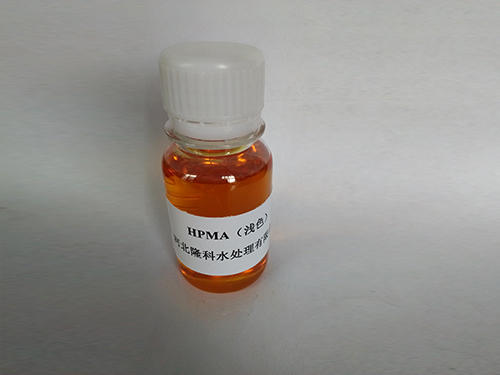Exploring the Properties and Applications of Non-Ionic Polyacrylamide in Various Industries
Non-Ionic Polyacrylamide Properties, Applications, and Benefits
Non-ionic polyacrylamide (N-PAM) is a synthetic polymer that belongs to the polyacrylamide family. Unlike its ionic counterparts, N-PAM does not carry a charge, making it uniquely versatile for various applications across multiple industries. This article explores the key properties, applications, and advantages of non-ionic polyacrylamide, shedding light on why it has become an essential material in modern science and technology.
Properties of Non-Ionic Polyacrylamide
Non-ionic polyacrylamide is characterized by its high molecular weight and excellent water solubility. The polymer is produced through the polymerization of acrylamide monomers without the introduction of ionic functional groups, resulting in a neutral charge. This property contributes to its stability in various conditions, making it suitable for a broad range of applications. N-PAM exhibits a thickening effect when dissolved in water, leading to enhanced viscosity, which can be advantageous in certain processes.
Moreover, N-PAM shows excellent flocculation properties, allowing it to agglomerate suspended particles in aqueous solutions. This feature is particularly valuable in industries where sedimentation and separation of solids from liquids are crucial. The non-ionic nature of the polymer also means it has low reactivity towards other charged materials, making it a suitable choice for sensitive applications where ionic interactions could interfere with desired outcomes.
Applications of Non-Ionic Polyacrylamide
The versatility of non-ionic polyacrylamide is reflected in its wide-reaching applications. One prominent use of N-PAM is in water treatment processes. It plays a vital role in the clarification of water, where it aids in the sedimentation of particles, thereby improving water quality. In the oil and gas industry, N-PAM is utilized in enhanced oil recovery operations, where it assists in increasing the viscosity of injected fluids, allowing for more efficient extraction of crude oil.
Agriculture is another area where non-ionic polyacrylamide has found significant application. It is used in soil conditioning to enhance water retention, reduce erosion, and improve overall soil health. By applying N-PAM, farmers can promote better root growth and reduce the necessity for frequent irrigation, consequently conserving water resources.
non ionic polyacrylamide

In addition, N-PAM is often employed in the fields of cosmetics and pharmaceuticals due to its biocompatibility and ability to form gels. These properties make it an ideal ingredient in hydrating creams and gel formulations, as well as in drug delivery systems where controlled release is desired.
Advantages of Non-Ionic Polyacrylamide
The use of non-ionic polyacrylamide offers several advantages. Firstly, its lack of charge minimizes the risk of undesired ionic interactions, which can be problematic in certain chemical processes. This feature ensures that N-PAM can be effectively used in applications requiring a delicate balance of materials, such as in biological systems.
Furthermore, N-PAM is generally regarded as safe for the environment and human health, particularly compared to its anionic and cationic counterparts. Its biocompatibility makes it suitable for use in applications that come into contact with humans, including cosmetic and pharmaceutical products.
Lastly, the ease of use and cost-effectiveness of non-ionic polyacrylamide enhances its appeal across various sectors. It can be easily synthesized on a commercial scale and tailored to meet specific molecular weight requirements for different applications.
Conclusion
Non-ionic polyacrylamide is a remarkable polymer that brings together unique properties and versatile applications. From water treatment and agriculture to pharmaceuticals and cosmetics, N-PAM plays a crucial role in optimizing processes and improving product quality. As industries continue to evolve and seek sustainable solutions, the significance of non-ionic polyacrylamide is only expected to grow, solidifying its place as a valuable asset in modern science and technology.
-
Scale and Corrosion Inhibitors: Key to Industrial Water TreatmentNewsMay.22,2025
-
Organic Phosphate: Structure, Properties, and ApplicationsNewsMay.22,2025
-
Isothiazolinones: a versatile and versatile biocide with a wide range of applicationsNewsMay.22,2025
-
Industrial Flocculant: The Key to Optimizing Industrial ProcessesNewsMay.22,2025
-
Hydrolyzed Polymaleic Anhydride: Structure, Properties, and ApplicationsNewsMay.22,2025
-
Application of Flocculant in Water TreatmentNewsMay.22,2025





